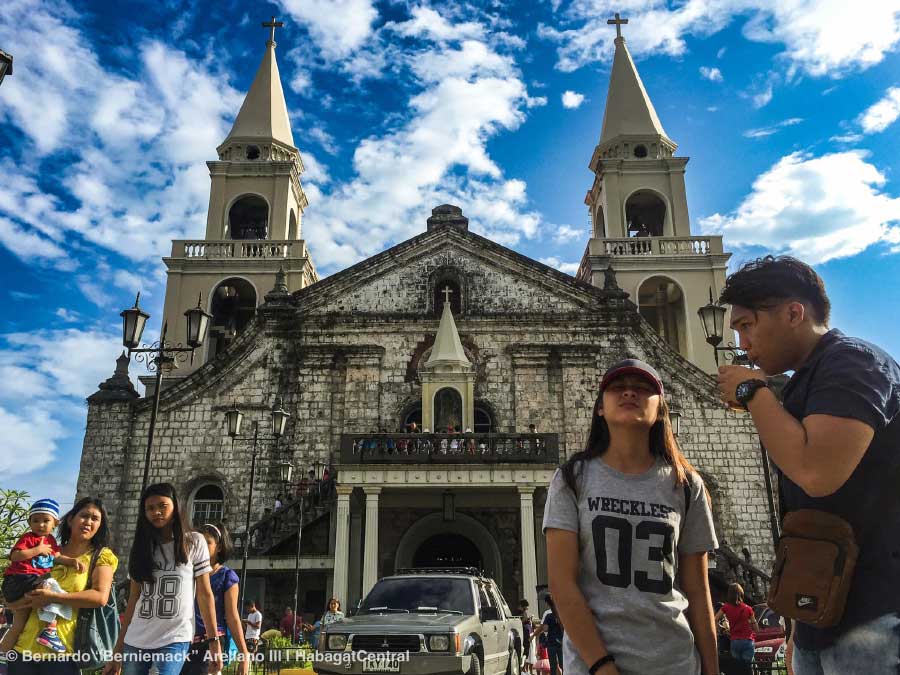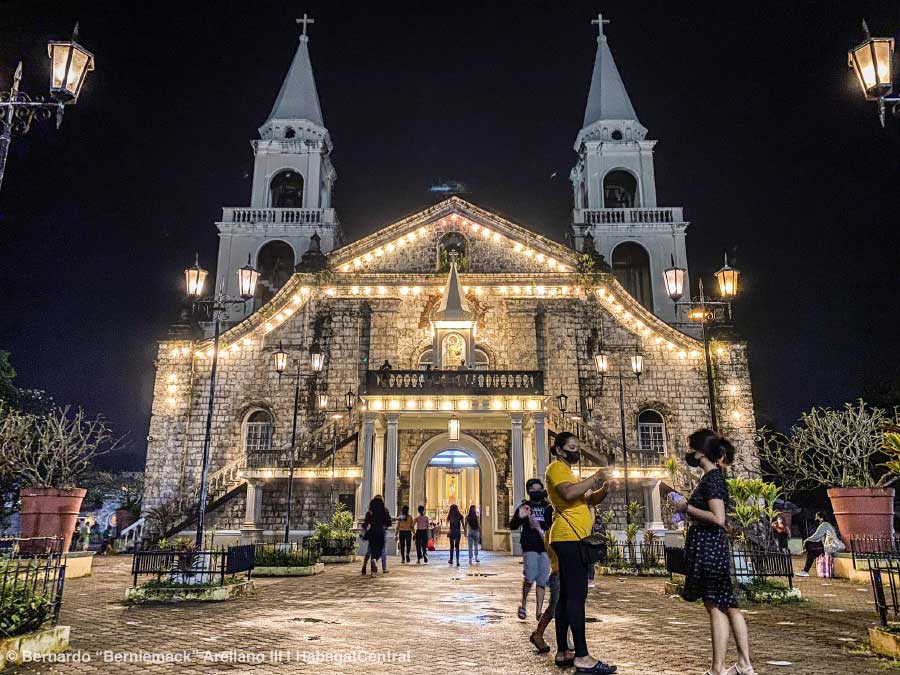By Berniemack Arellano
The Metropolitan Cathedral of Santa Isabel de Ungria and National Shrine of Nuestra Señora de Candelaria of Jaro in Iloilo City became an example on the debates of heritage conservation interpretation in the recently concluded cultural mapping trainers’ training last week.
The cathedral has undergone a lot of rehabilitation and conservation measures since the Spanish colonial era. However, it was the post-war renovations and additions that made it a point of discussion.
In our example, the stairs and the portico-shrine at the facade of the cathedral that was constructed sometime in the early 1980s was the point of discussion. It became the stairs leading towards the venerated Pontifically coronated Marian image of Birhen sang Candelaria. In 1981, it was in this exact location where Saint John Paul II held Mass and personally crowned the Marian image—a historically significant event wherein it was the first and only (so far) Pope-Saint that visited Iloilo City. And among all Marian images in the country, it is the one that was personally crowned by the Pontiff himself.
For some heritage advocates and outsiders, it is considered an eyesore—unfaithful to the original rendition of the church that was constructed in the late Spanish colonial period. Should it be interpreted through the Venetian Charter, it may be seen as such—unoriginal, “un-heritage.”
However, when Burra, Nara, and even the Philippine Charters came in, the interpretation that the stairs itself is part of the Cathedral’s history as the place where Saint John Paul II held Mass and crowned the Birhen sang Candelaria supersedes that of the aesthetic value. The events of 1981 itself was historically and culturally significant to the people of Iloilo. Hence, in another perspective, though it may be aesthetically unpleasing to others and not part of the original rendition, given its high cultural significance, it has become and still is part of Jaro Metropolitan Cathedral’s history and heritage.
The fate of the shrine-portico shall depend on the Jareños/Ilonggos as to how it would be taken care of. For me personally and as an Ilonggo, I’d keep it since it reminds the Ilonggo people that a Pontiff and a Saint was once on these steps and the venerated image of NS de Candelaria is brought closer to the revering people. Unless the parishioners of Jaro render it as insignificant or there may be plausible alternatives, the steps at the facade of the cathedral is a good point of discussion on cultural significance, emic and etic, history and heritage to the students and the general public.
(Bernardo “Berniemack” Arellano III is an Assistant Professor of History at the Department of Social Sciences of the College of Arts and Sciences of the University of the Philippines Los Baños. He graduated with a Master of Science in Geography degree at the University of the Philippines Diliman in 2019, and took his Bachelor’s Degree in History at the University of the Philippines Visayas in Iloilo in 2006. He takes interest in the merger of history and geography through placemaking practices and “sense of place” in the more localized or Filipino perspective. He served the Philippine national government as a Senior Registry Coordinator for Local Governments on the Philippine Registry of Cultural Property with the Philippine Government through National Commission for Culture and the Arts. It involves coordination and facilitation of the creation of local cultural inventories nationwide. Arellano has been in this sector since 2008 as an advocate for promoting and preserving cultural heritage of the country)































